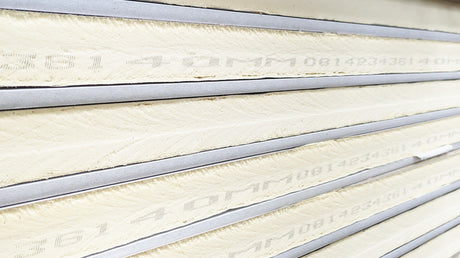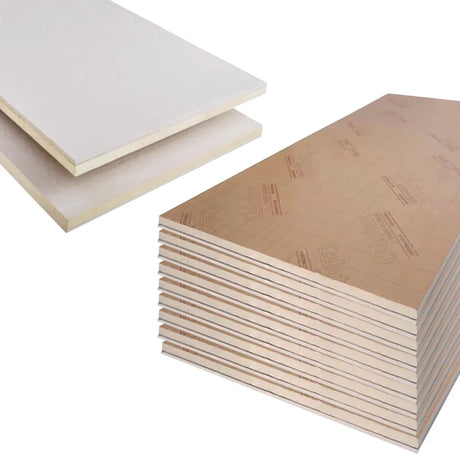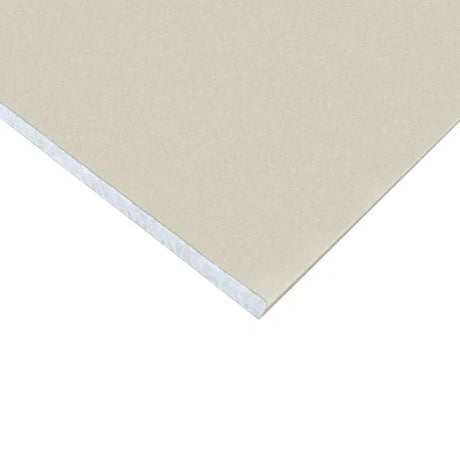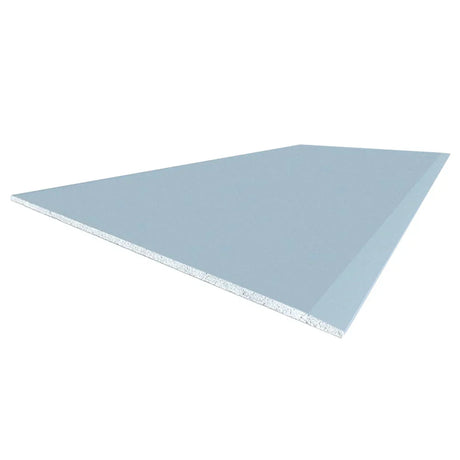Identifying genuine marine plywood proves increasingly important as market competition introduces products with confusing or potentially misleading terminology. Several verification approaches help ensure materials meet appropriate performance standards for critical moisture-exposed applications.
Certification stamps provide the most definitive identification for genuine marine plywood. Lloyd's Register certified BS 1088 marine plywood carries distinctive stamps pressed directly into panel faces (not simply printed labels), showing the Lloyd's Register approval mark, manufacturer identification, and BS 1088 reference. These permanent markings, typically appearing at regular intervals across the panel face, provide authoritative verification that materials meet comprehensive requirements verified through independent testing rather than simply manufacturer claims. Secondary marine grades conforming to BS 6566 carry similar certification marks with appropriate standard references, though lacking the specific Lloyd's Register stamp reserved for premium BS 1088 material. The presence of these physical imprinted certifications represents the most reliable verification method, particularly when purchasing materials from general suppliers rather than specialist marine vendors with established reputations for quality marine products.
Visual inspection provides several identification clues even without formal certification marks. Genuine marine plywood features consistently high-quality face veneers without patches, plugs, or obvious repairs that might compromise performance or appearance. The edge grain reveals consistent thin veneers throughout the panel thickness rather than thicker core veneers with only thin appearance-grade faces. Quality marine grades show minimal or no core voids when examining cut edges, with tight joints between core veneer sections and no obvious gaps or filled sections. The overall appearance demonstrates greater consistency in both face veneer and core construction compared to standard construction grades, reflecting the comprehensive quality requirements throughout the entire panel rather than focus primarily on face veneer appearance with lower internal standards. These visual indicators help identify quality marine materials even when formal certification marks might be obscured or unclear.
Weight assessment offers another practical identification approach. Genuine marine plywood typically weighs significantly more than standard construction grades of equivalent dimensions, reflecting both the higher density hardwood species used throughout construction and the greater manufacturing compression creating tighter, void-free panels. For standard 12mm thickness, quality marine grades typically weigh 25-40% more than equivalent-sized standard construction plywood, creating noticeable difference when handling panels directly. This density difference not only helps identify quality materials but directly influences performance characteristics including screw-holding capacity, structural rigidity, and overall durability in challenging applications. While not definitively diagnostic alone, this weight assessment provides useful supporting evidence when combined with other verification approaches.
Reputable supplier selection offers perhaps the most practical assurance for non-specialist purchasers. Established marine suppliers with specific focus on boat building materials or similar performance-critical applications typically maintain rigorous sourcing standards ensuring authentic marine grades rather than potentially misclassified alternatives. Their reputation and customer base in performance-critical industries creates strong incentive for quality assurance beyond general building suppliers potentially less familiar with specific marine material requirements or more focused on general construction applications where material substitution creates fewer critical consequences. This supplier reputation factor explains why experienced boat builders and marine construction professionals often develop long-term relationships with specific material vendors they trust for consistent quality rather than seeking lowest possible pricing from multiple sources without established performance track records.
Price benchmarking provides indirect verification through market reality checks. Genuine Lloyd's approved BS 1088 marine plywood typically costs 3-4 times more than equivalent-dimension standard construction plywood, with this substantial premium reflecting both significantly more expensive raw materials and more demanding manufacturing processes with higher rejection rates for panels failing to meet comprehensive quality standards. Materials offered at prices substantially below this expected premium should trigger careful verification through other identification methods, as significant price discounts from market expectations frequently indicate potential quality compromises or misclassification. This economic reality check proves particularly useful when evaluating offers from unfamiliar suppliers or unusual marketplace situations where verification through other methods might prove challenging.
Testing samples offers definitive verification for critical applications where absolute certainty justifies additional effort. Simple boil testing (immersing small sample sections in boiling water for 3-5 hours followed by examination for delamination or significant swelling) provides useful indication of adhesive quality essential for marine performance. Edge absorption tests comparing water uptake between suspected marine grade and known standard construction plywood similarly demonstrates relative performance differences. For projects where material performance proves critical and verification questions exist, these simple comparative tests provide valuable additional assurance beyond visual assessment or supplier claims, though requiring sacrifice of small material sections for testing purposes.
Documentation requirements for commercial or insured applications often mandate specific verification approaches. Marine insurance policies, professional boat building certifications, or similar formal oversight frequently requires documented evidence of appropriate marine plywood usage rather than simply general material descriptions. In these contexts, retaining supplier certification documents, photographs of panel certification stamps before installation, or similar verification evidence provides essential project documentation beyond immediate construction requirements. This documentation proves particularly important for vessels or structures requiring formal certification or potentially subject to insurance claims where material verification might become retrospectively critical long after initial construction completion.
Professional assessment provides valuable verification for non-specialists making significant marine plywood investments. Marine surveyors, professional boat builders, or similar industry experts can evaluate questionable materials based on extensive field experience, providing informed judgments regarding authentic marine quality beyond simple specification compliance. Their practical knowledge of how different materials perform in actual challenging conditions often identifies subtle quality indicators or potential concerns not apparent through basic inspection approaches, particularly valuable for projects where material performance directly influences safety or significant investment protection beyond simple construction economics.









